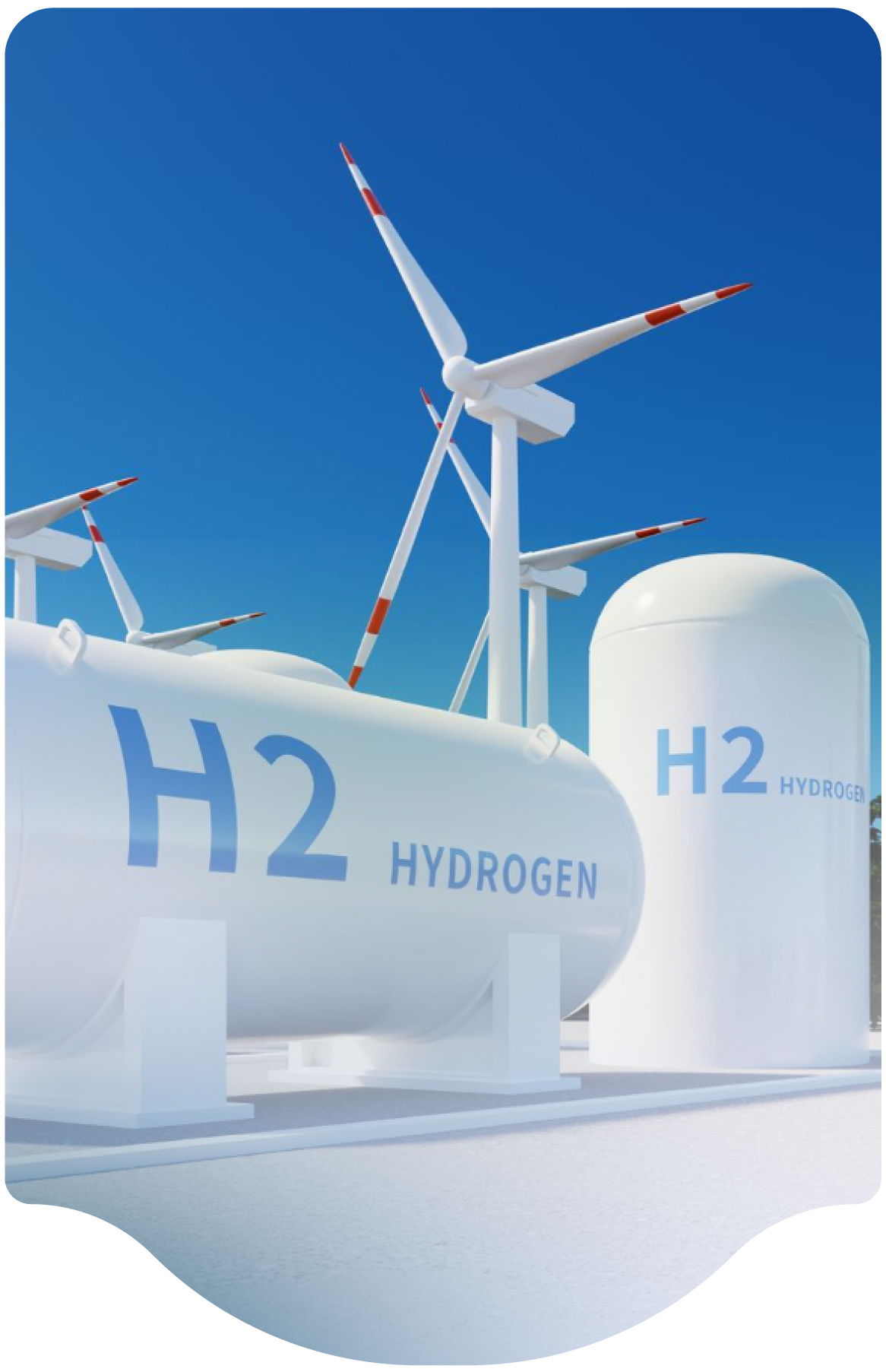- Home
-
Resources
- Center for Hydrogen Safety
- Hydrogen Fuel Cell Codes and Standards
- Learnings & Guidance
- Paper & References
- Web-based Toolkits
- Workforce Development

- Contact
- About H2Tools
- Welcome to the Hydrogen Tools Portal
- helpdesk@h2tools.org
FAQ
Frequently Asked Questions
Question & Answer
- 265 results found
- Clear All
Purging is not recommended as a continuous part of vent stack operation. However, maintenance activity is a transient event and it’s prudent and recommended to purge a vent system prior to performing maintenance. It’s always possible that hydrogen could be leaking internally from a valve or other component and therefore create a hazard. Of particular note, care must be taken that proper…
Category: Miscellaneous
Keywords: Vent Stack, Purge, Vent System, Maintenance
There are many potential sources of delayed ignition. Hydrogen is easily ignited, and the larger the cloud, the more likely it is for it to find an ignition source. The cloud itself may serve as an ignition source as the force of the gas release may cause dust or other contaminants to mix in the air creating a static charge which ignites the hydrogen. Similarly, the force of the release can…
Category: Hazards Analysis
Keywords: Delayed Ignition, Hazards, Hazards Analysis, Codes
Spraying water onto a vent stack, either for gaseous hydrogen or liquid hydrogen, is not recommended. While this is prohibited within the code for liquid hydrogen due to the much greater hazard of plugging the vent system, it also presents hazards for gaseous vents as well. The water can enter the vent system and plug due to ambient conditions. In addition, if the water was sufficient to…
Category:
We are not aware of a study for blended NG/H2. However, for high concentrations of NG, the vent system should be similar to NG, which still recommends a vent system as NG is less dense than air. For nearly pure hydrogen the recommendations of this presentation are in effect.
Category:
Keywords: Mixed Gas, Vent, Vent System
Hydrogen vent stack fires can create NOx. While not typical, certain municipalities will require air permits to address the emissions from hydrogen flare systems, and even from intermittent ignition of vent stacks. This is highly dependent on the location and interpretation of regulations. A hydrogen flare system is much more likely to require an air permit than a standard vent system.
Category: System Design
Keywords: Flare, Vent Stack
Flame arrestors can be installed on hydrogen gas vents. The purpose of a flame arrestor is to prevent the migration of flame backwards and upstream into the vent stack or system itself. Generally, flame arrestors are not needed since: 1) the vent stack should be designed to withstand fire or explosion within the stack, and 2) the process generally does not contain a flammable mixture within it…
Category: System Design
Keywords: Flame Arrestor, Vent, Flow, Compressors
NFPA 2 provides Tables in Chapters 7 and 8 that specify the hazardous area classifications surrounding vent stack outlets. These are based on typical vent systems and flows, but are only applicable for smaller systems. The designer of a vent system should apply the principles of documents such as IEC 60079-10-1 (also required by NFPA 2) or NFPA 497 to evaluate larger vent releases where the…
Category: Site Planning
Keywords: NFPA 2, Hazards, Classification
Welded joints are always best, but they cannot always be used as a connection to tanks and tubes, as mechanical joints are needed for maintenance. Supports for the reaction forces can help ensure the mechanical joints in the piping does not pull apart.
If large diameter or thick-walled tube is installed with compression fittings, the use of hydraulic swaging is recommended.
…
Category: System Design
Keywords: Vent Stack, System Design, Pressure, Compression Fitting
There are many designs of storage systems where multiple vessels might be needed to obtain the required storage quantity. Regulations differ between vessels and modules which are intended for stationary or transportation purposes. Similarly, there are differences in codes globally. The issues of requiring shutoff valves on individual vessels and requiring TPRD’s are linked since generally…
Category: System Design
Keywords: TPRD, Valves, Risk Assessment
We are not certain what an inverted vent top is. If this means the hydrogen flow is pointed downward in any way towards grade, then yes it must be avoided. Less dangerous vent gases can be pointed downward, especially those that mix with air rapidly (nitrogen/oxygen/argon). Regardless, reaction forces must be taken into account for any relief valve activation or flow.
Category: System Design
Keywords: Flow, Vent, Relief valve
We are professional and reliable provider since we offer customers the most powerful and beautiful themes. Besides, we always catch the latest technology and adapt to follow world’s new trends to deliver the best themes to the market.
Contact info
We are the leaders in the building industries and factories. We're word wide. We never give up on the challenges.
- 2 Queen Street,California, USA
- (+84) 04 123 456
- :Helpdesk@h2tools.org
